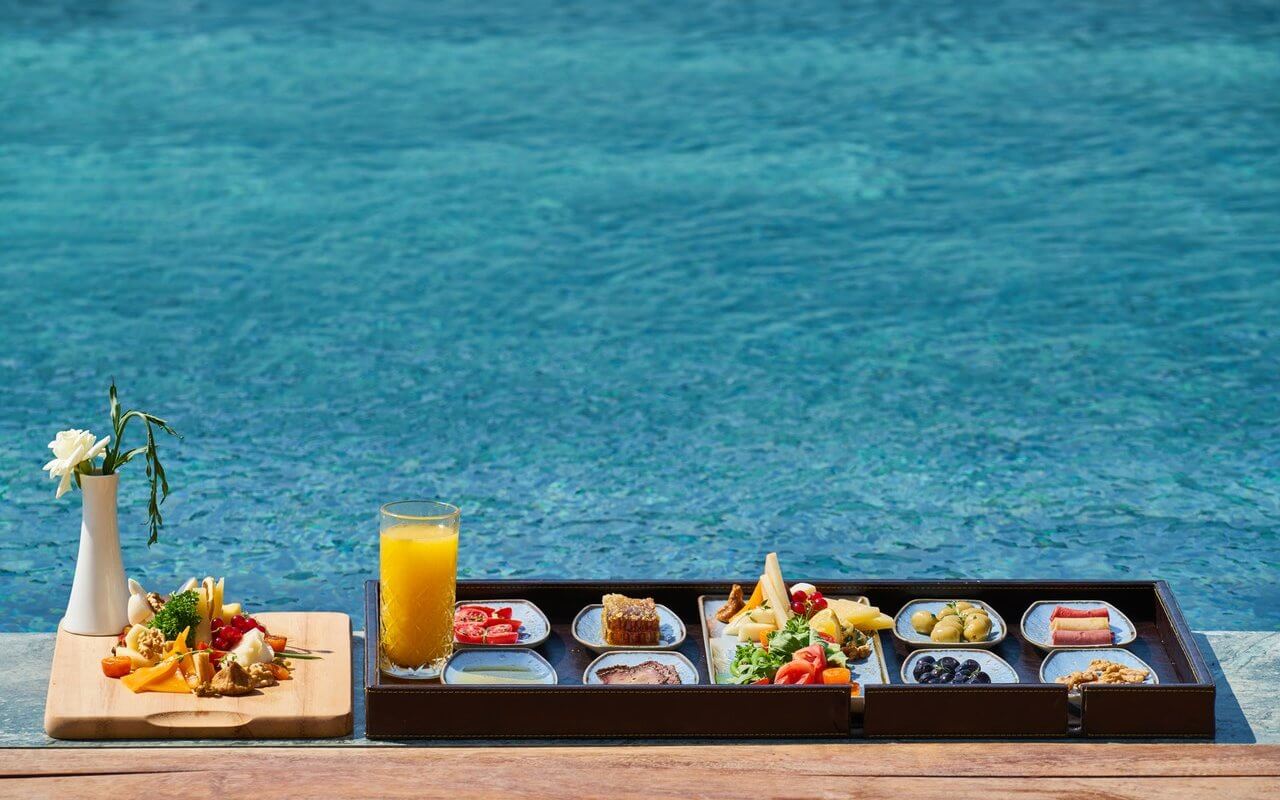Yes, Pesach is the time to celebrate freedom and redemption. But it is also a time of eating, eating and more eating. We will surely be spending a lot of time around our holiday table, sharing meals with family and friends. We have sure evolved from the days when Pesach meant simply matza, potatoes and gefilte fish. We can now enjoy such delicacies as quiche, pizza and tea rooms in fancy kosher hotels.
We should be proud of how far we’ve come but we shouldn’t be so content with or focused on the gourmet Kosher for Passover food that we forget the true connections between what we put in our mouths and the meaning of the Passover. We all know that matza reminds us of our hasty departure from Egypt, maror reminds us of the bitterness of slavery, and charoset the mortar used in brick making, etc. But the connections shouldn’t end there.
I was thinking of the importance of thinking what we put in our mouths after reading a recent JCarrot posting by Rabbi Eiav Bock, director of the new Ramah Outdoor Adventure Camp in the Rockies.
Here is an excerpt:
Our goal at Ramah Outdoor Adventure is to completely change the way that we approach food at a summer camp. We have budgeted much more money for food than typical camps. Although I have yet to hire our head chef, the question I have asked each applicant is to tell me how they can help make the food they are serving fit within the broader mission of the camp. Anyone who does not see a direct link between the program in the kitchen and the program on the ropes-course cannot be considered for the job. Admittedly, this has made hiring our head chef all the more challenging, because I am not only seeking someone who understands Kosher food, but also someone who understands the intersection between sustainable foods and wholesome cooking.
So what are some of the commitments we have made for 2010? Here are four:
1. Throughout the week, we will be engaging in programming about food during our meals. We will be adapting elements of the Hazon Min Ha’Aretz Curriculum for use at camp.
2. We will make an effort to buy no white carbohydrates. This means, whenever possible, we will purchase whole-wheat pasta, brown rice and whole-wheat bread. We realize that there will be exceptions and of course we are limited to what we are able to purchase with a Kosher symbol. Luckily Colorado is blessed with wonderful kosher organic whole-wheat bread and organic whole-wheat pasta that is certified by the OU.
3. We will serve mainly whole grain cereal and oatmeal for breakfast only on occasion serving typical camp breakfast foods like waffles and pancakes.
4. Campers will take an active role in preparing food at camp. This will enable everyone from the youngest camper to the oldest staff member to take ownership of the food that we will be eating. When the food is great, we will know who to thank. When the food is bad, we will know who is responsible.
Like Rabbi Bock at his new Ramah camp, we Jewish educators, parents and seder hosts have the opportunity to make the important connection between the true meaning of the Passover holiday and the foods we prepare and consume.



